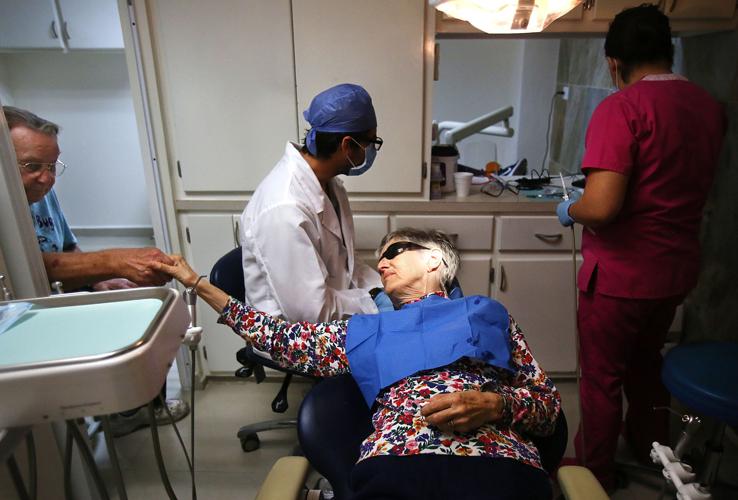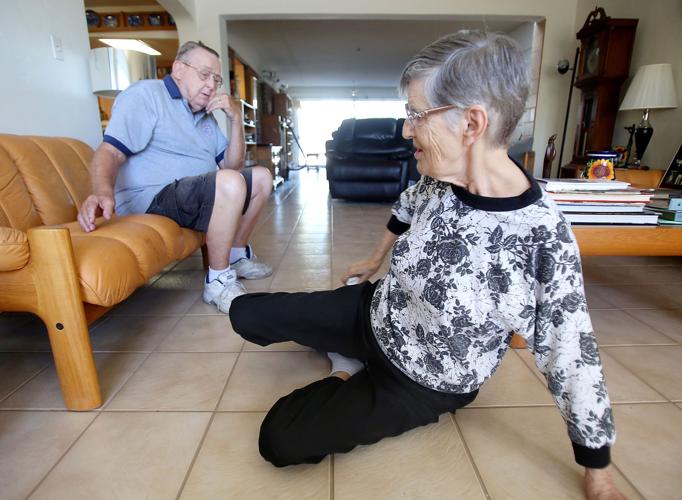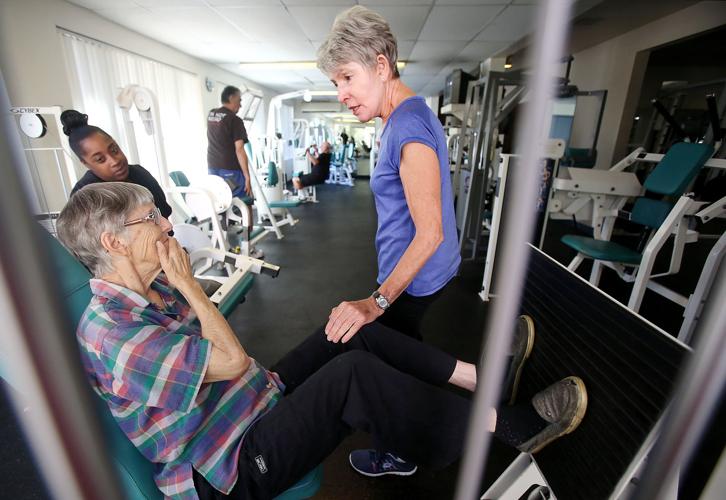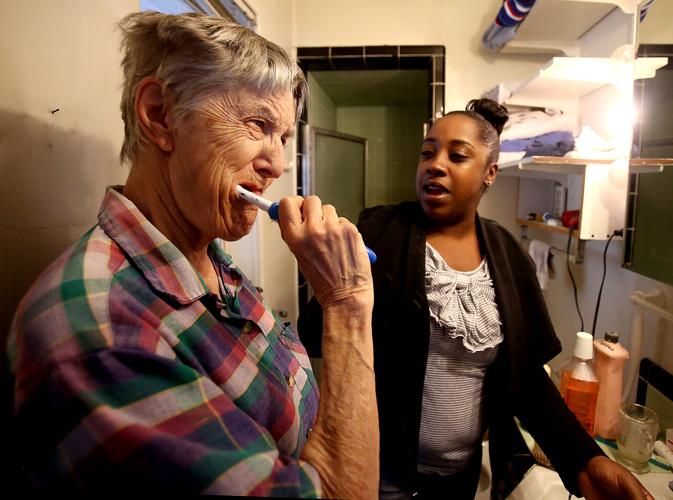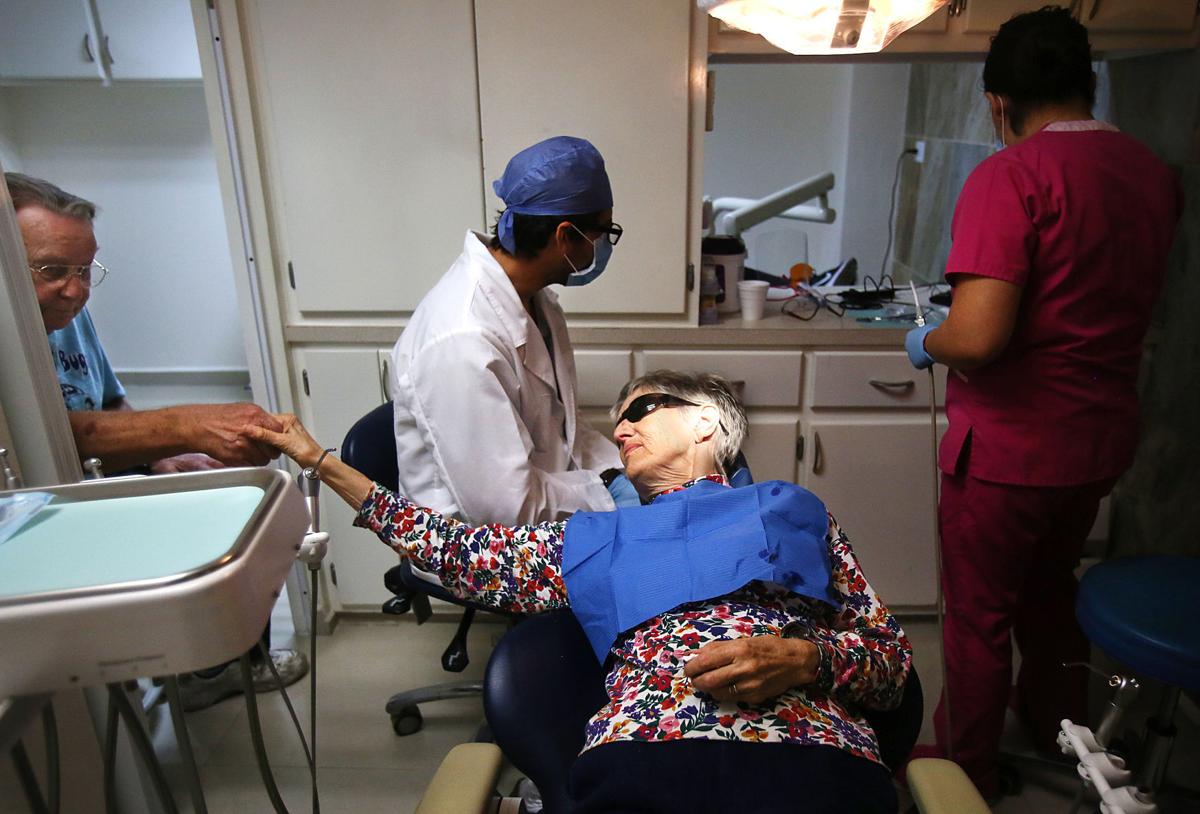In many ways it has been a remarkable year for my wife, Joan, and me, partly because we chose to share our Alzheimer’s experiences with the readers of the Arizona Daily Star, a decision we have not regretted.
We received many comments about my series, which appeared last February and March. Former and present caregivers, relatives of Alzheimer’s sufferers, people whose close friends are faced with Alzheimer’s, and some who are concerned that they might have this task — all had things to say.
When I wrote, I was concerned that I was being too blunt in describing our life. What I heard from readers made me feel good indeed. Many shared their experiences and their goals — and there were both similarities and differences. Some found lighthearted things to relate. One Alzheimer’s fellow insisted on hiding the Easter eggs as always, but he could no longer remember where he hid them, so he’d join the kids in looking for them. Fun! Another reader talked about how the family loved to see their mother enjoy fish suppers — she had forgotten she didn’t like fish!
In one way or another, I would summarize readers’ reactions quite simply: “It is so good to know I am not alone.” We Alzheimer’s caregivers are an exclusive crowd, and we might as well enjoy as much living as we can while facing each day as it comes.

After she has fallen, Chuck Josephson tries to coax his wife, Joan, into standing up by herself. He says one of his biggest fears is what might happen to her should he not be around.
Since the series was published, it has become more difficult to fill Joan’s days with the tasks and duties that have kept her busy her whole life. She still loves to play the piano, but aside from that she has no hobbies, interest in games or desire to exercise. Earlier she liked watching game shows, but she no longer can follow them, so TV is no help.
Emptying wastebaskets, working on the laundry, washing dishes, making beds — those still get done as best as her limited abilities allow. But what happens with the rest of the time? How do I keep her from just lying in bed?
I used to pride myself on being efficient in doing ordinary tasks. If I had five errands to run, I’d schedule them together. No longer. To the store for a gallon of milk. To the post office to drop off a letter. To the drugstore to pick up a prescription. That’s three things to eat up some of her day. Don’t punish me for overusing fossil fuels!

Club members at Mid-Valley Athletic Club know Joan Josephson and are aware of her Alzheimer’s. Loraine Chapman, standing, greets Joan as Shantai Wells, Joan’s certified caregiver, watches at left.
Joan is now much less able to identify objects by name.
“Bring the salad bowls” might produce a couple of forks. “Put the dishes in the sink” may get them to the counter, but then she gives up. “Take this to the refrigerator” may find her opening the pantry door. She still knows colors, though, so “empty the blue wastebasket” does the job.
Another change this year is that I’ve searched for more help. It was interesting to discover that Joan doesn’t get along in a day-care facility. In fact, she was expelled from one! Her habit of walking up to strangers and attempting to greet them with her trademark, “I’m not going to hit you,” is rather funny, if strange, when it happens at Costco. It doesn’t work when the people she is with also have dementia. They heard her greeting as a threat; hence, expulsion.
I managed to find a few services that would spend time at home with Joan. That helped. Moreover, the folks at the Mid-Valley Athletic Club continue to welcome her.
The fine and understanding lady I hired as a companion for Joan sees to it the gym exercises are done. She often takes Joan along as she does her everyday chores. That companionship seems to work so much better than the structured activities of day-care facilities. Their special relationship is great for Joan and gives me time to relax.
The exercises at Mid-Valley are important and seem to be strengthening Joan’s leg muscles. I am worried about the possibility that, at age 84, she may find herself unable to stand after reaching down to pick up something.
We have done quite a bit of traveling this year. We visited our grandchildren in Washington and made a couple of trips to Minneota, Minnesota, my hometown. We drive if at all possible. Why not? When Joan is in the passenger seat, she is doing something and I don’t have to find activities to keep her busy! There’s always music playing as we travel.
In a few weeks, we’ll meet the new great-grandson, Tayden Brown, born on Halloween. In chatting with his mommy I mentioned that this experience has made me more of a “mother.” The new mother spends every minute, 24/7, watching out for both herself and the baby. We of the “stronger sex” don’t appreciate that at the time, but Alzheimer’s caring must come close. Too bad I wasn’t a mother!
We’re again making trips to a dentist in Nogales. Joan had to have implants to support a bridge after she knocked out some front teeth last year. Unfortunately, an infection developed in an implant and it now has to be redone.
There’s been no deterioration in Joan’s ability on the piano, and we still play duets. My fingers get a little stiffer each month, but hers stay limber.

Joan Josephson, brushes her teeth and gets ready for the day with help from Shantai Wells, a certified caregiver. Chuck, Joan’s husband, hired Wells to help ease his burden of caring for Joan.
Since my stories in the Star last winter, I’ve been invited to speak before groups, and I often bring a little keyboard on which we entertain. Many people have commented that music seems to break through some of the cloudiness of Alzheimer’s.
When people ask how Joan is doing, it can be difficult for me to answer in detail. Some changes in her condition are so gradual that I hardly notice. I should have kept a log since she started having memory loss in 2005.
As for me, I sometimes feel a heightened sense of isolation and loneliness that is not easy to accept. I’ll write more about that in articles over the next few days. I also have to say that there’s ever-increasing worry about what will happen to Joan when I’m not here. We’ll do what we can in anticipation.
We have enjoyed living in Tucson since 1979, but I’ve learned more than ever this year that our city is a special place. In so many situations — at church, clubs, shopping and other events — we’ve had the privilege of encountering kind and understanding people. There has been a wonderful comprehension of Joan’s reality, without exception, by the people she meets and tries to relate to. Thank you.


